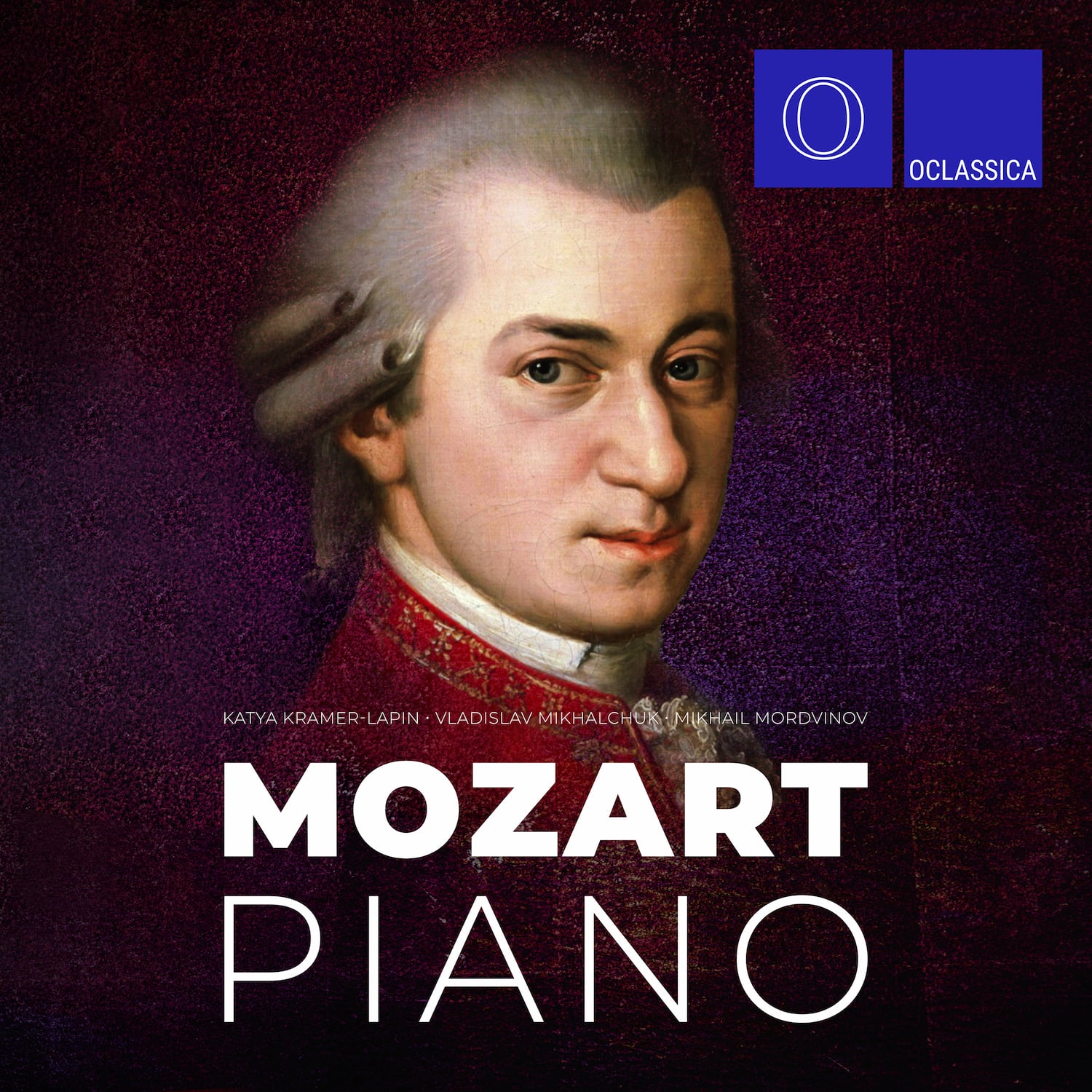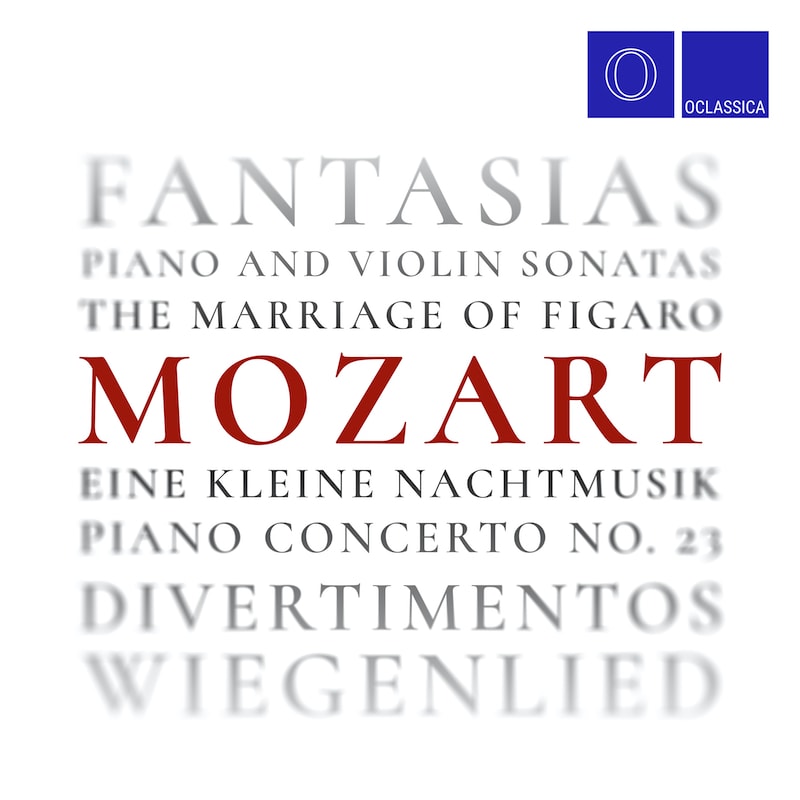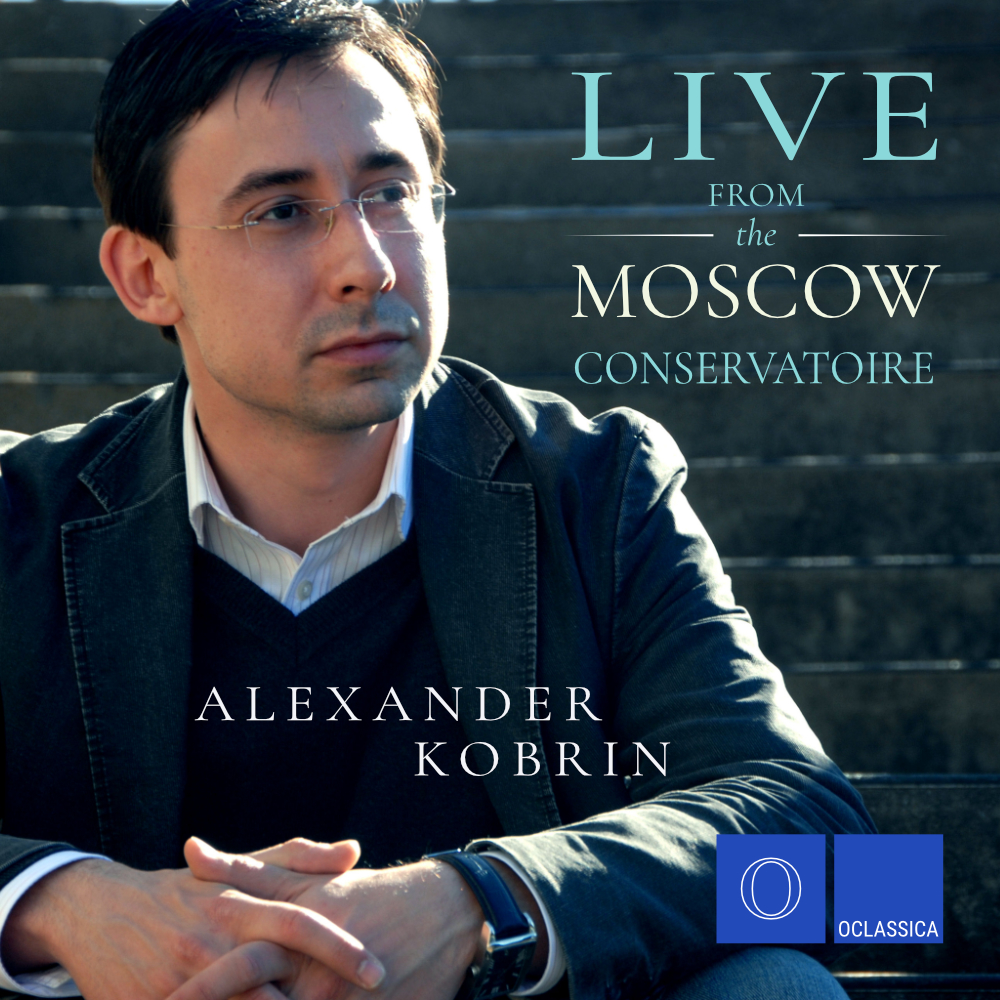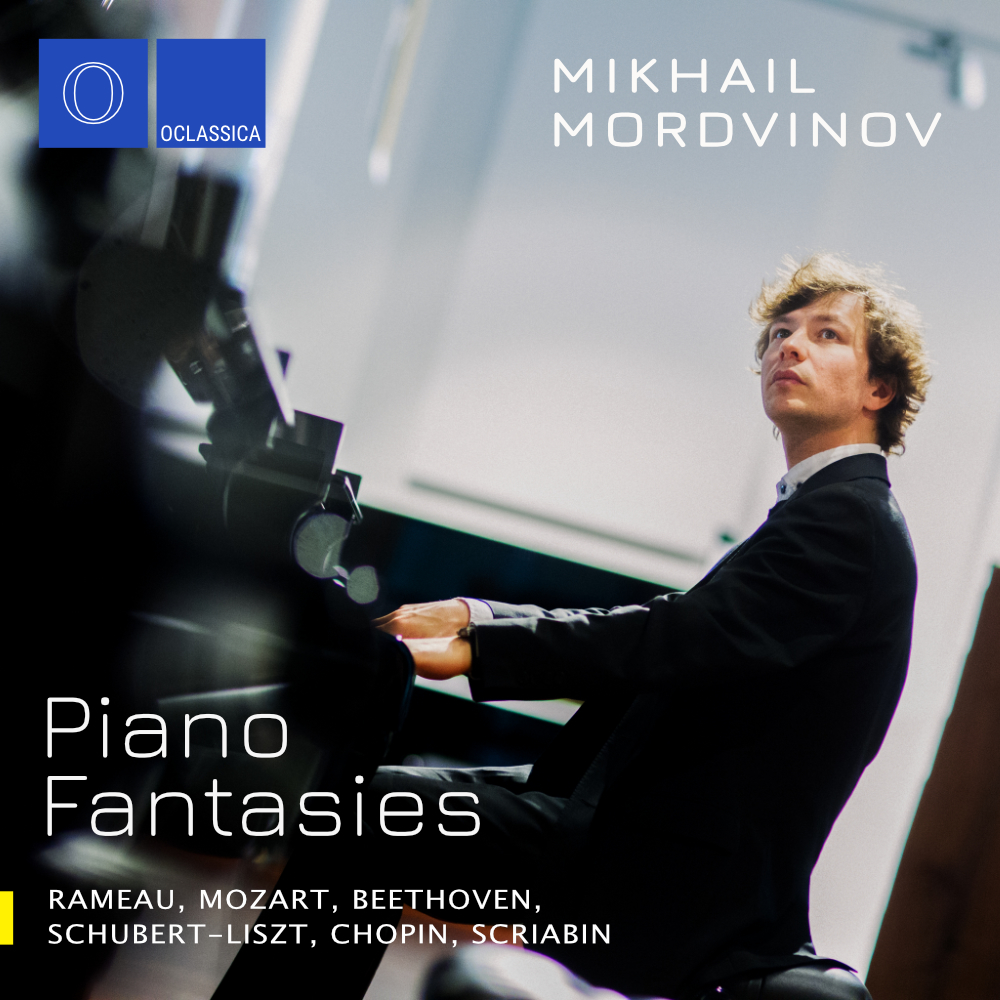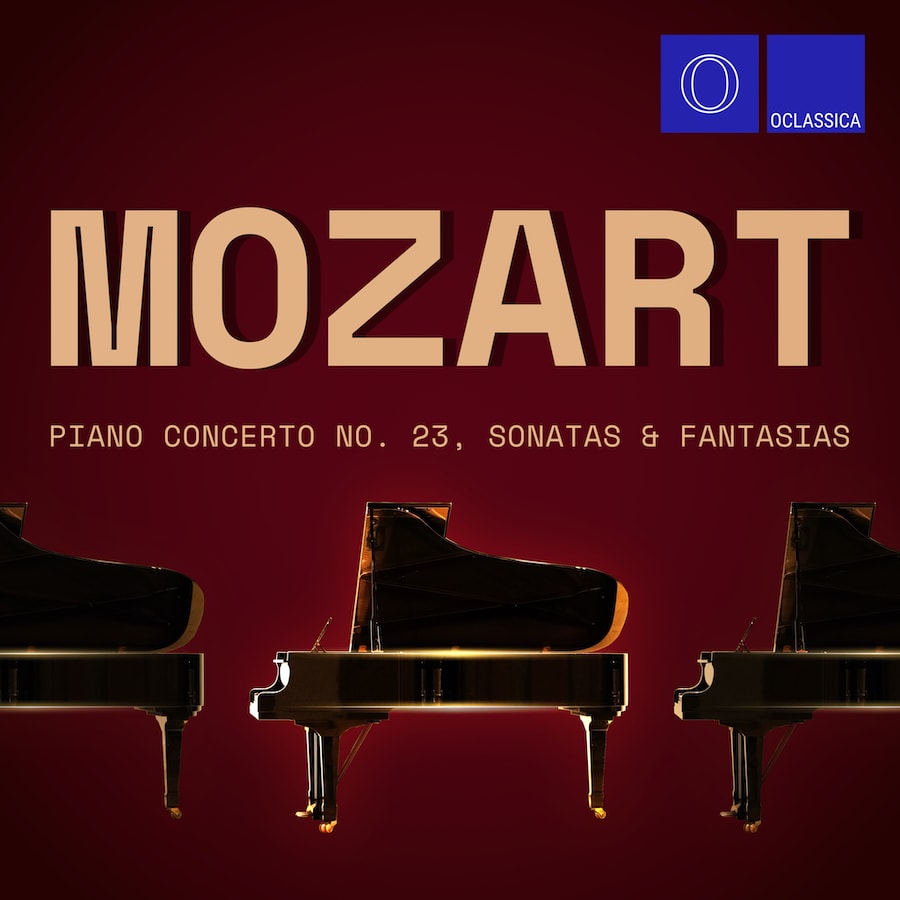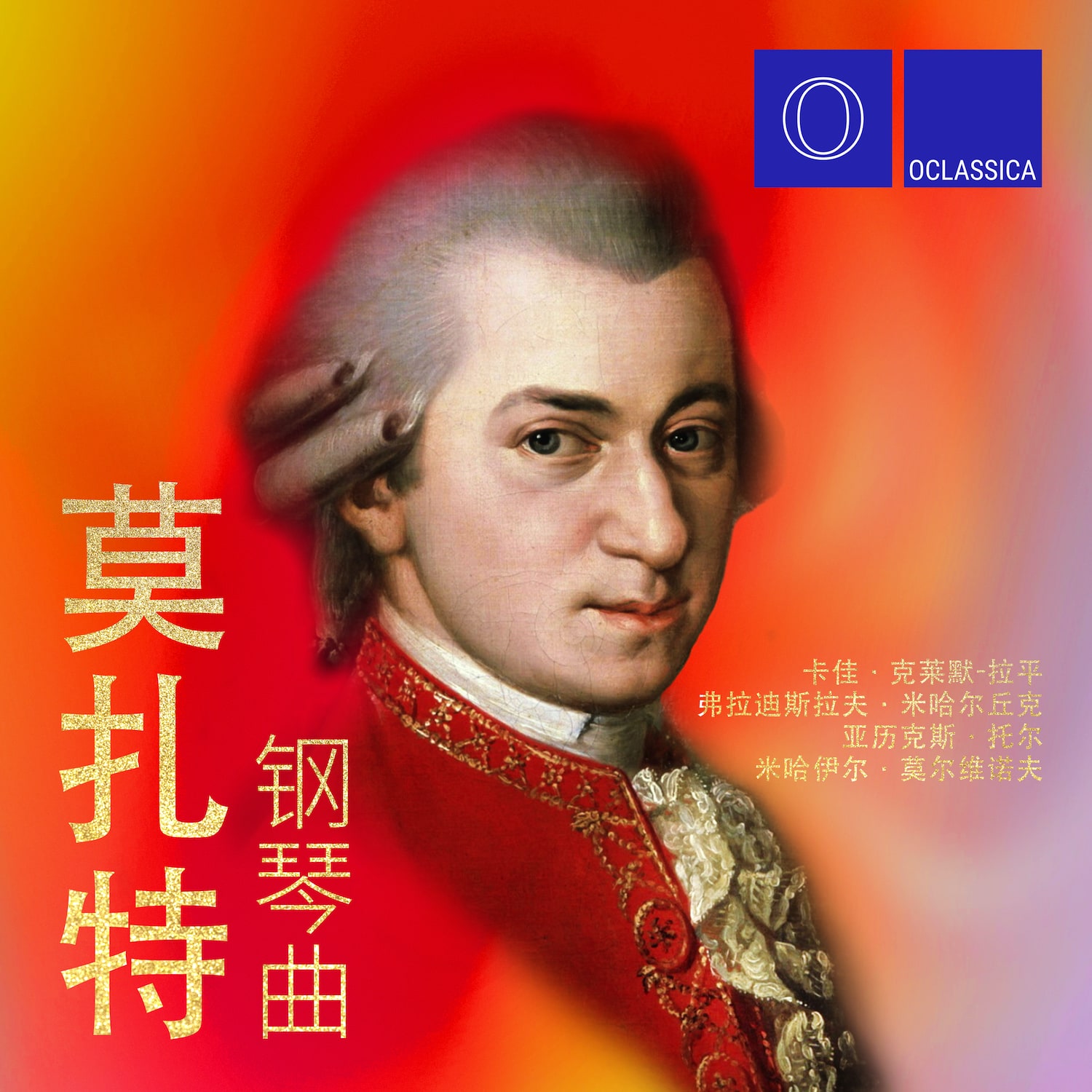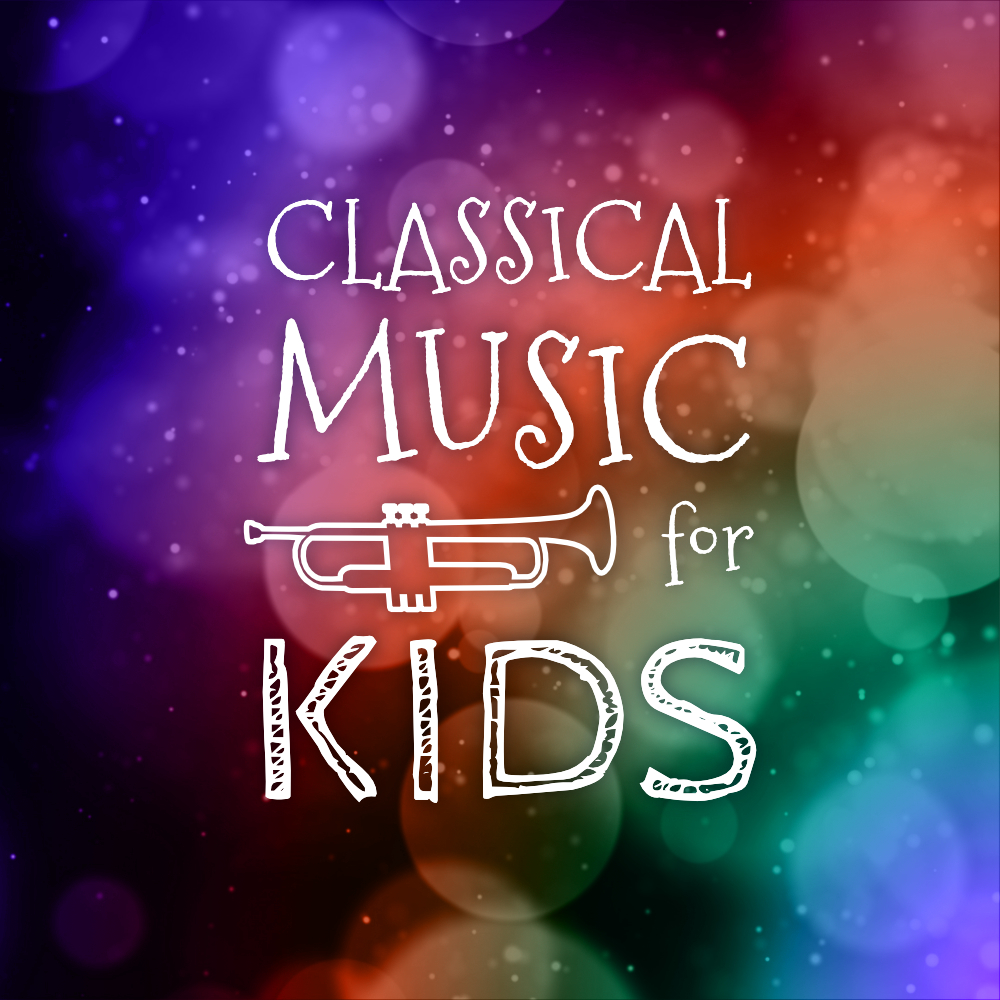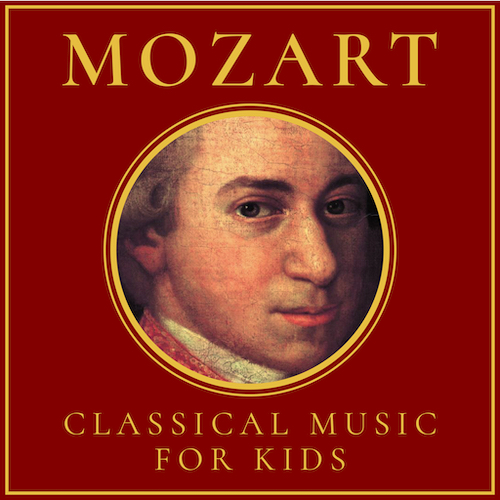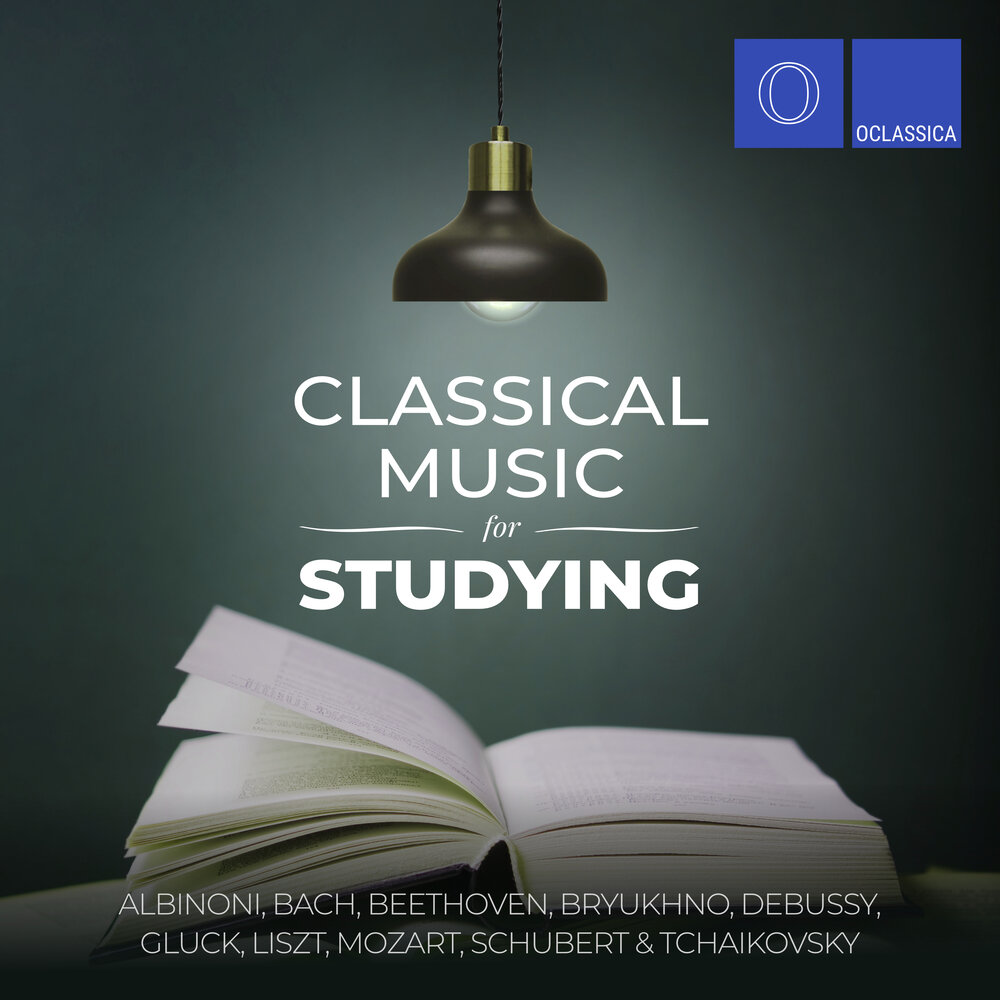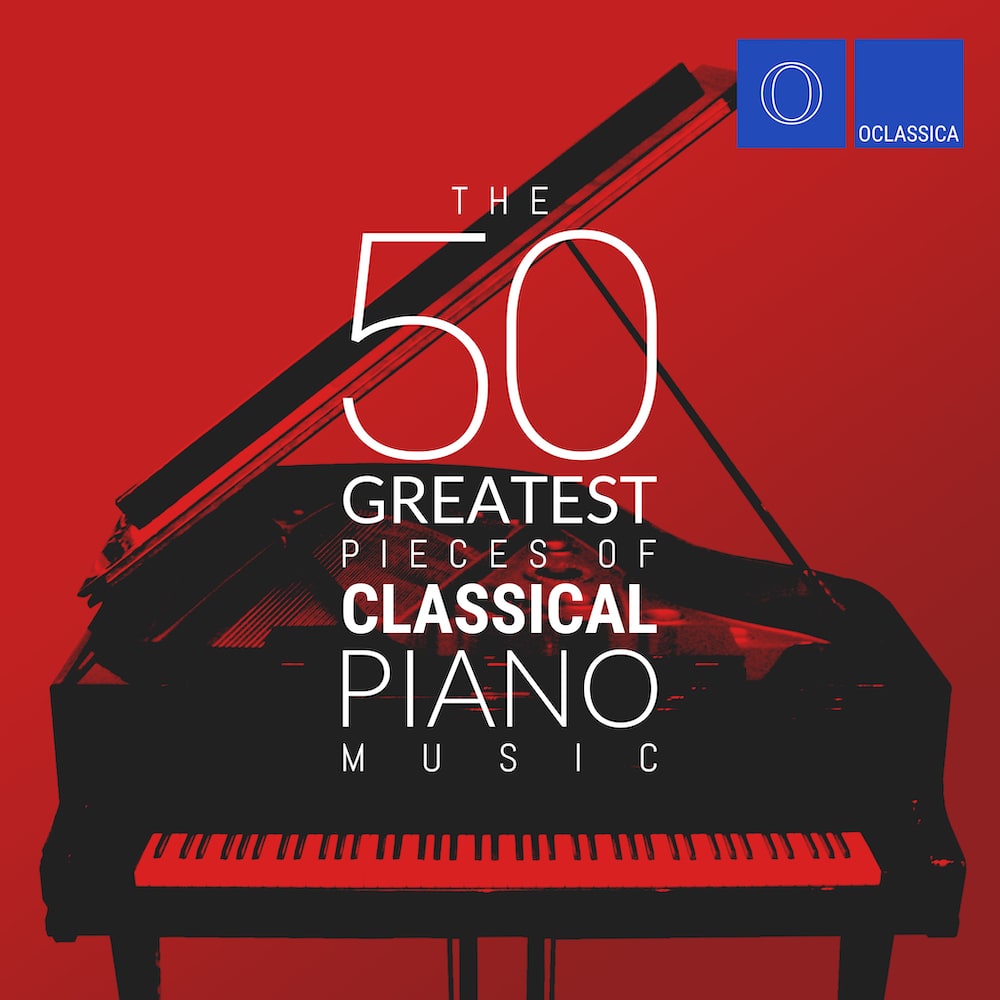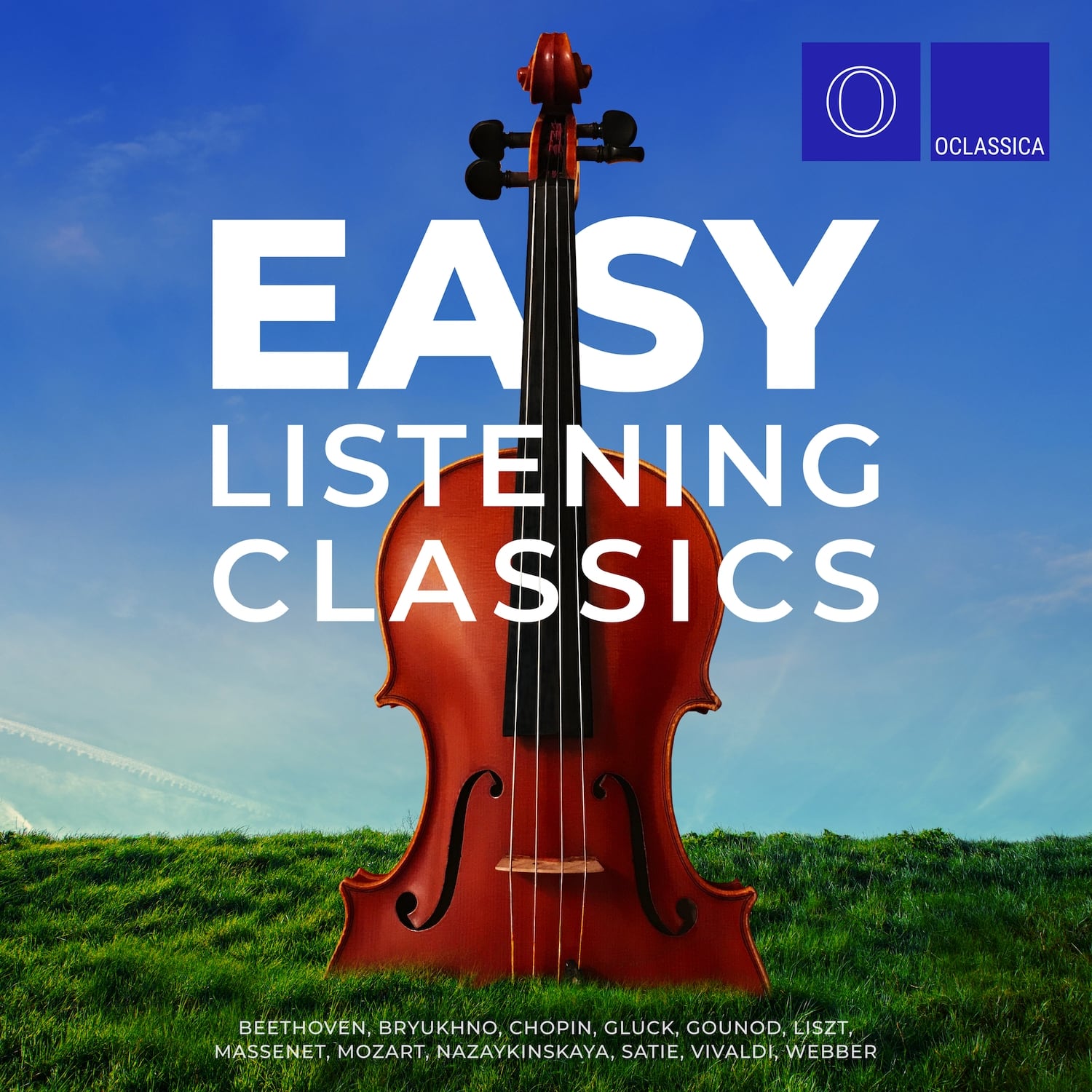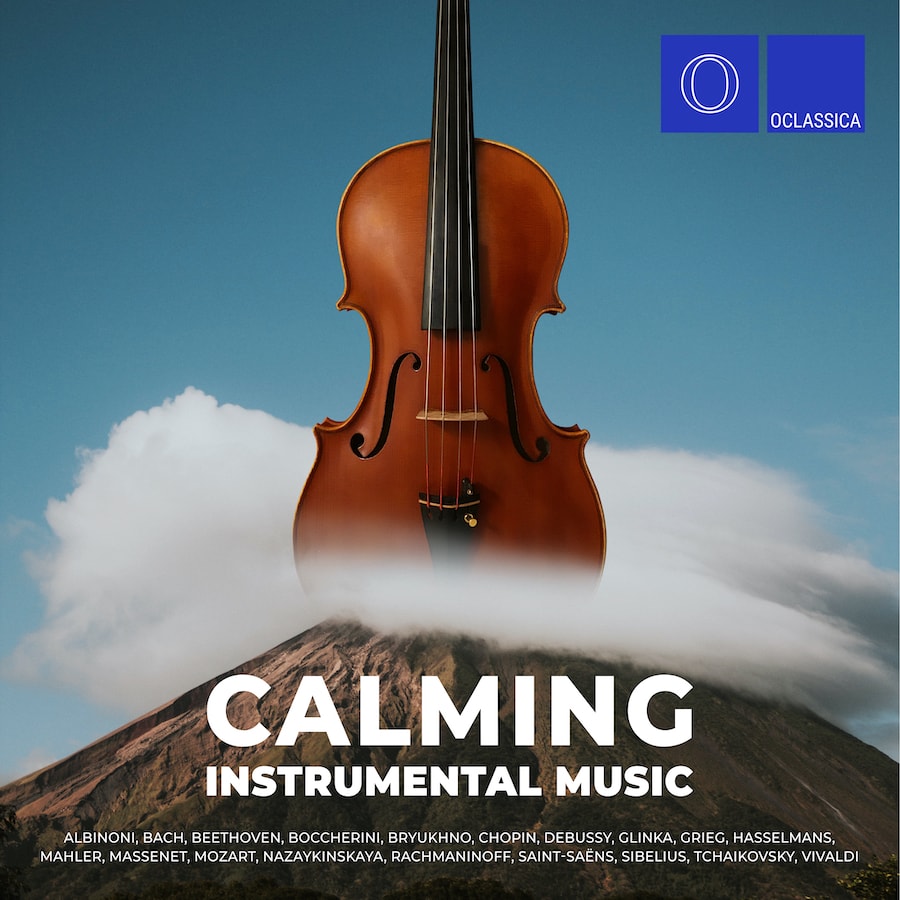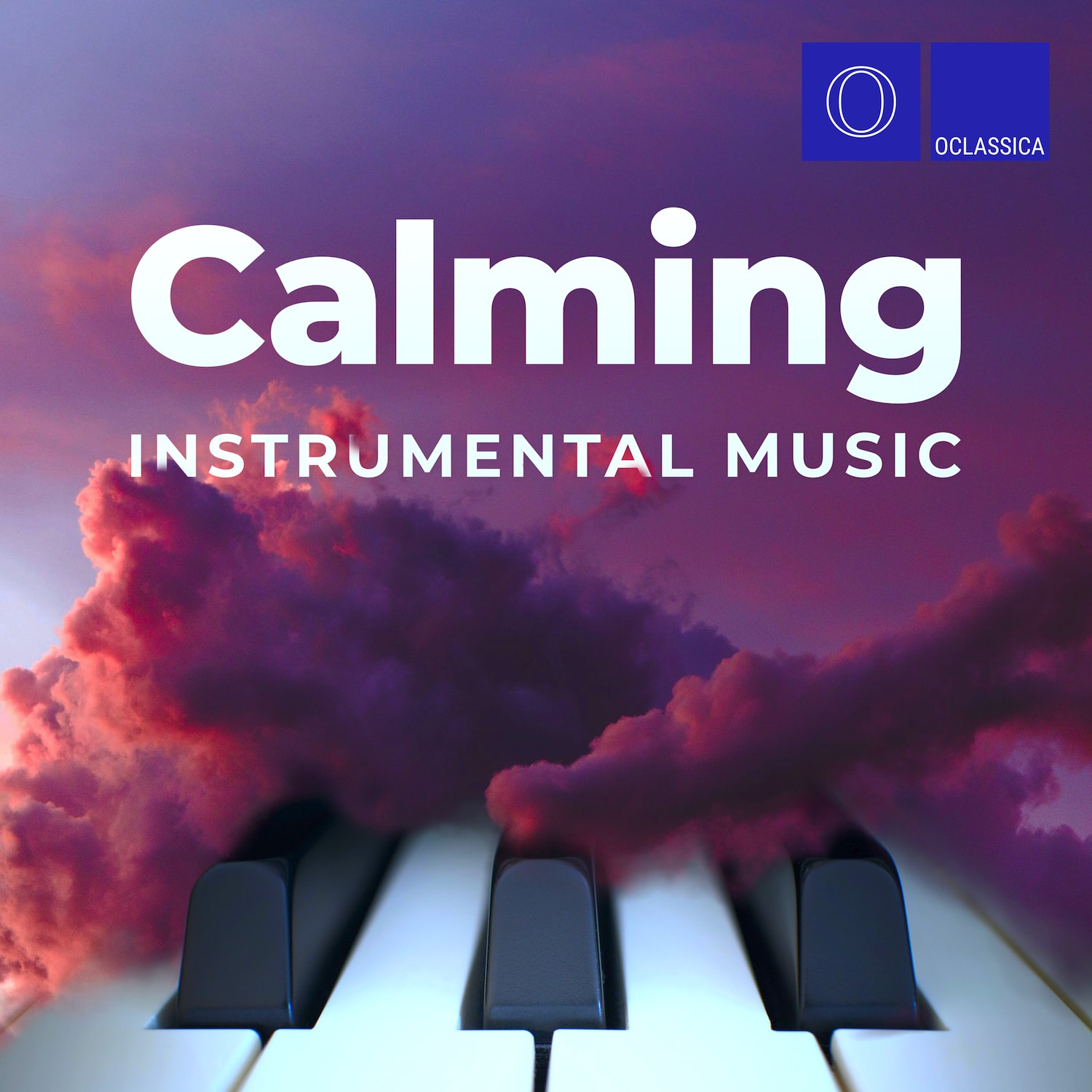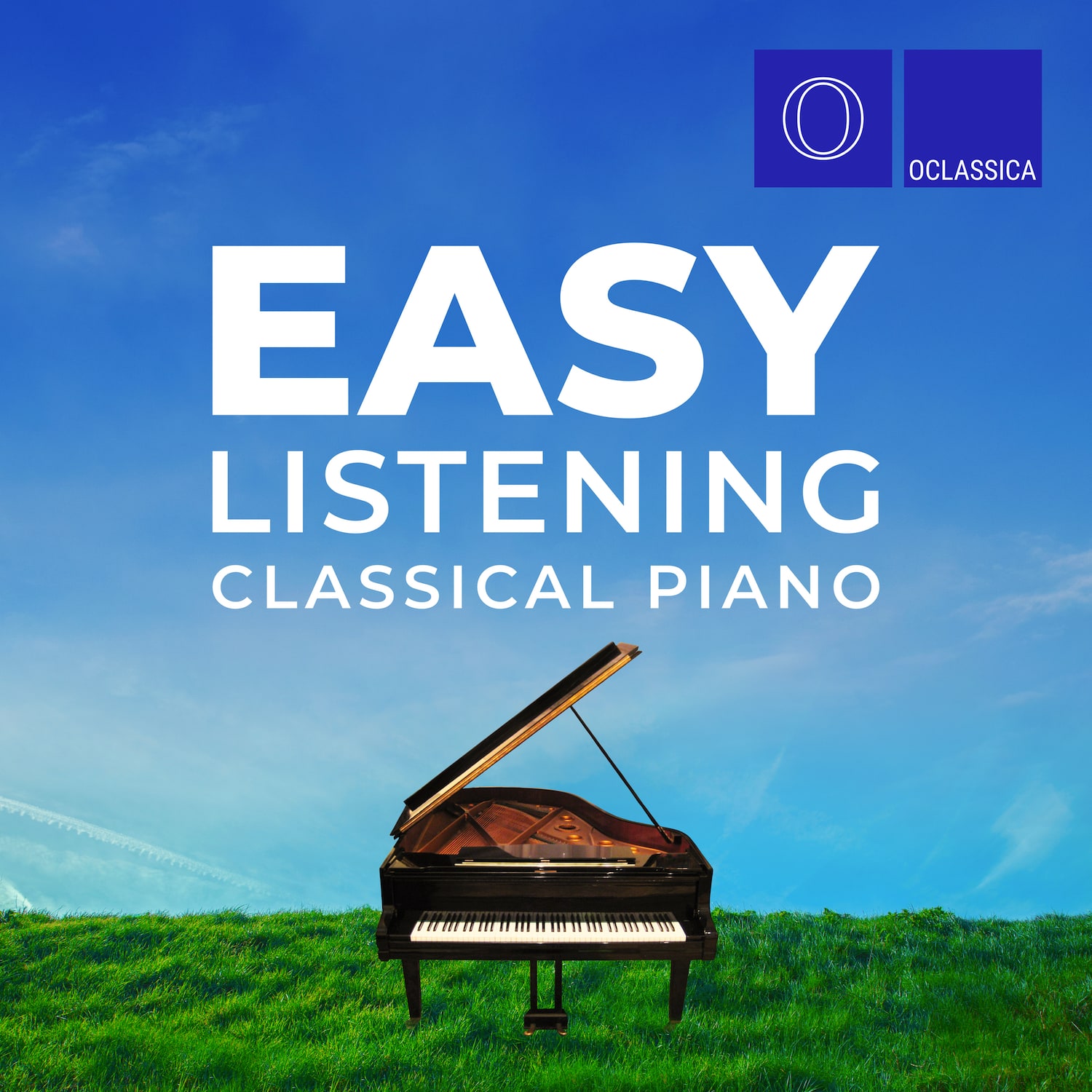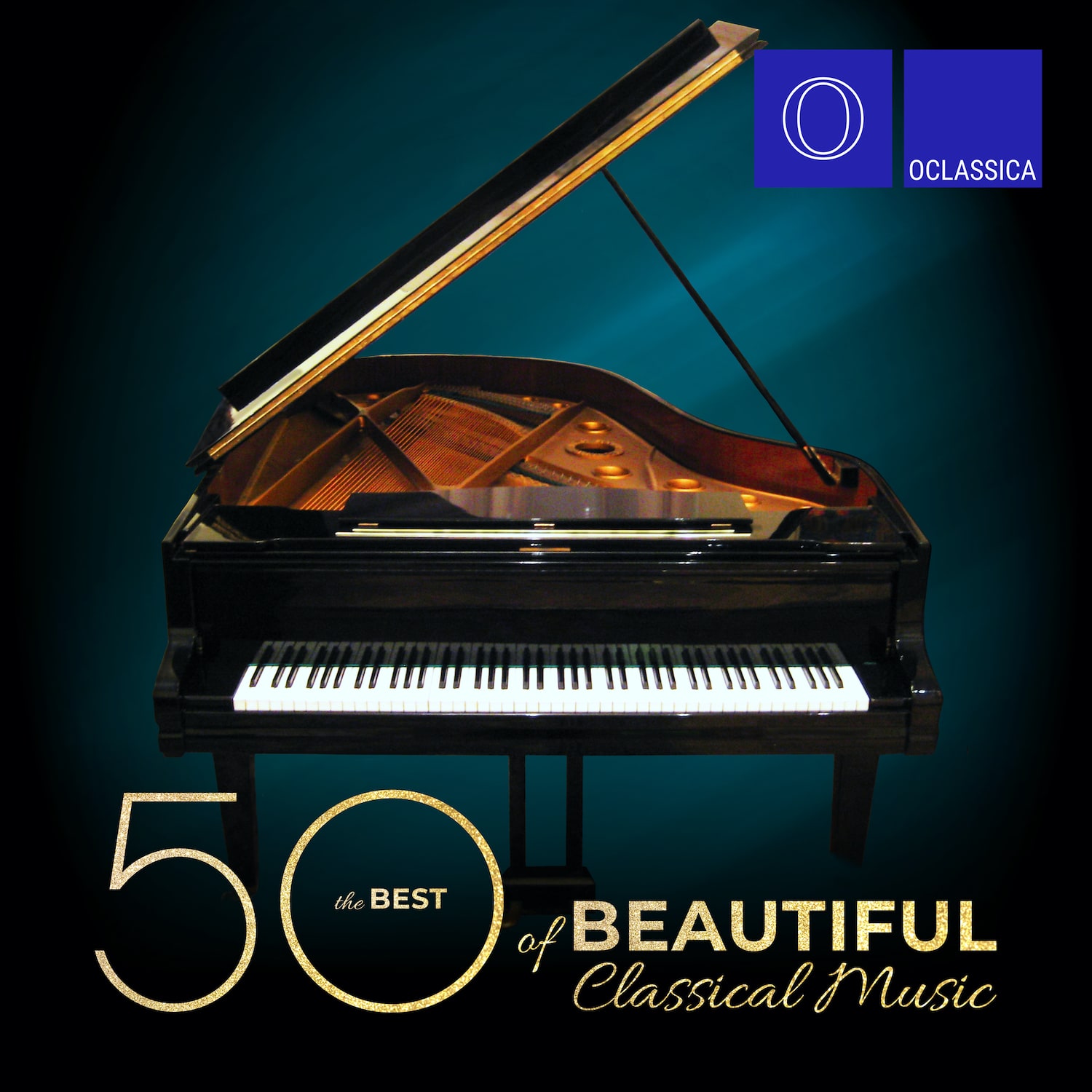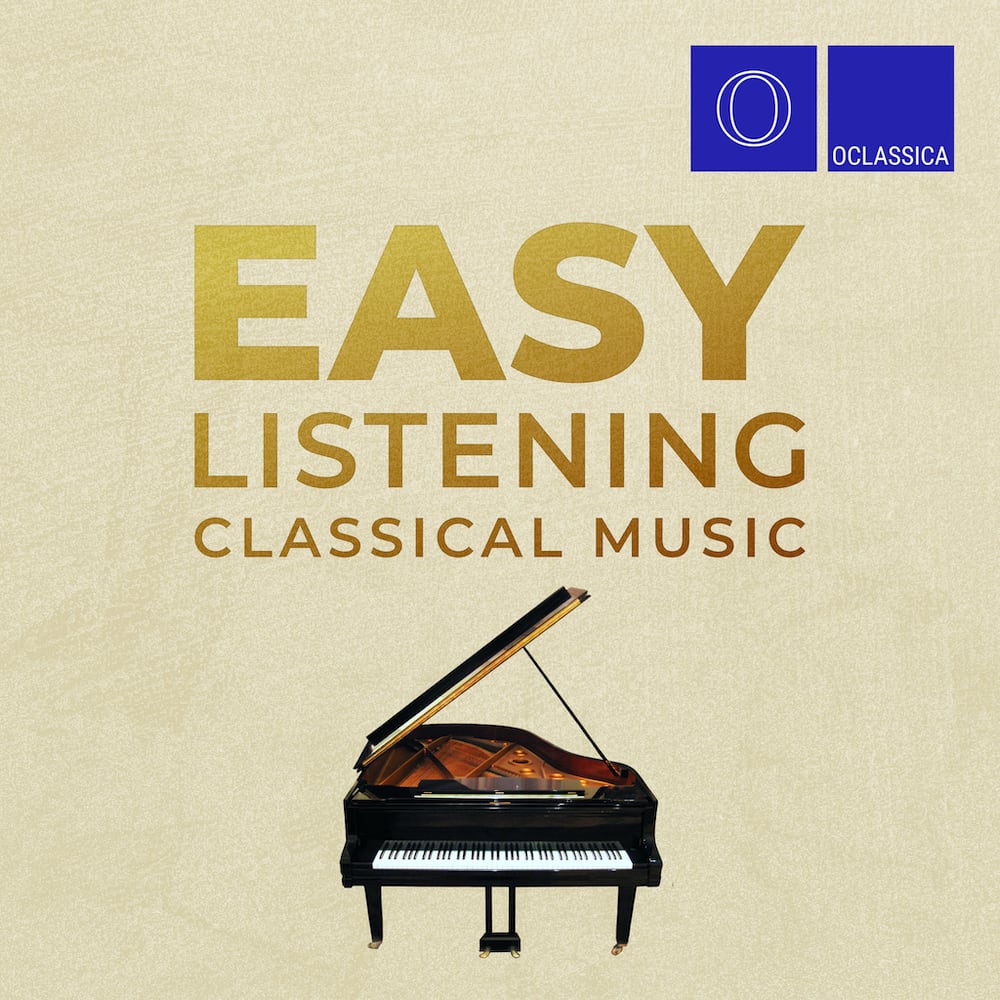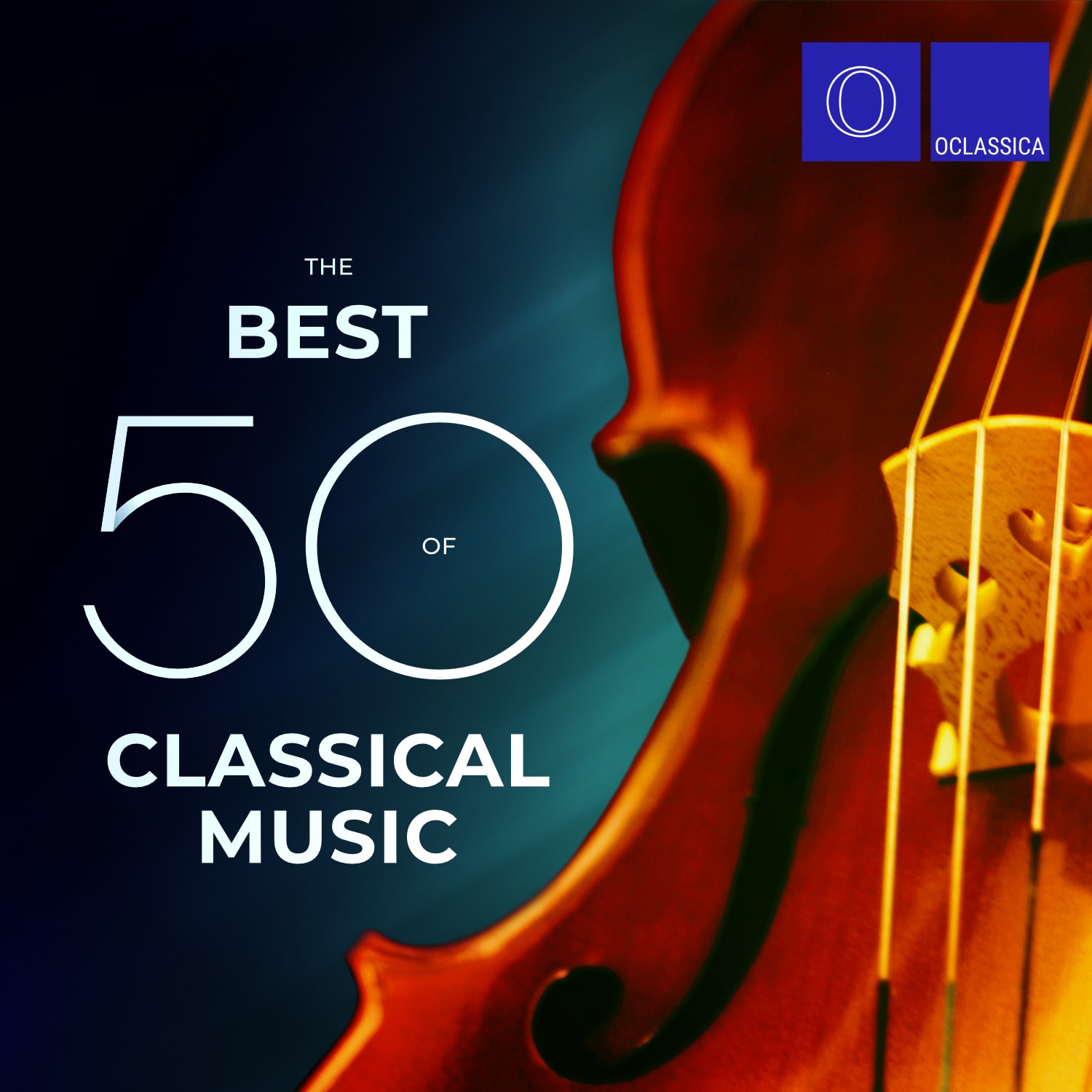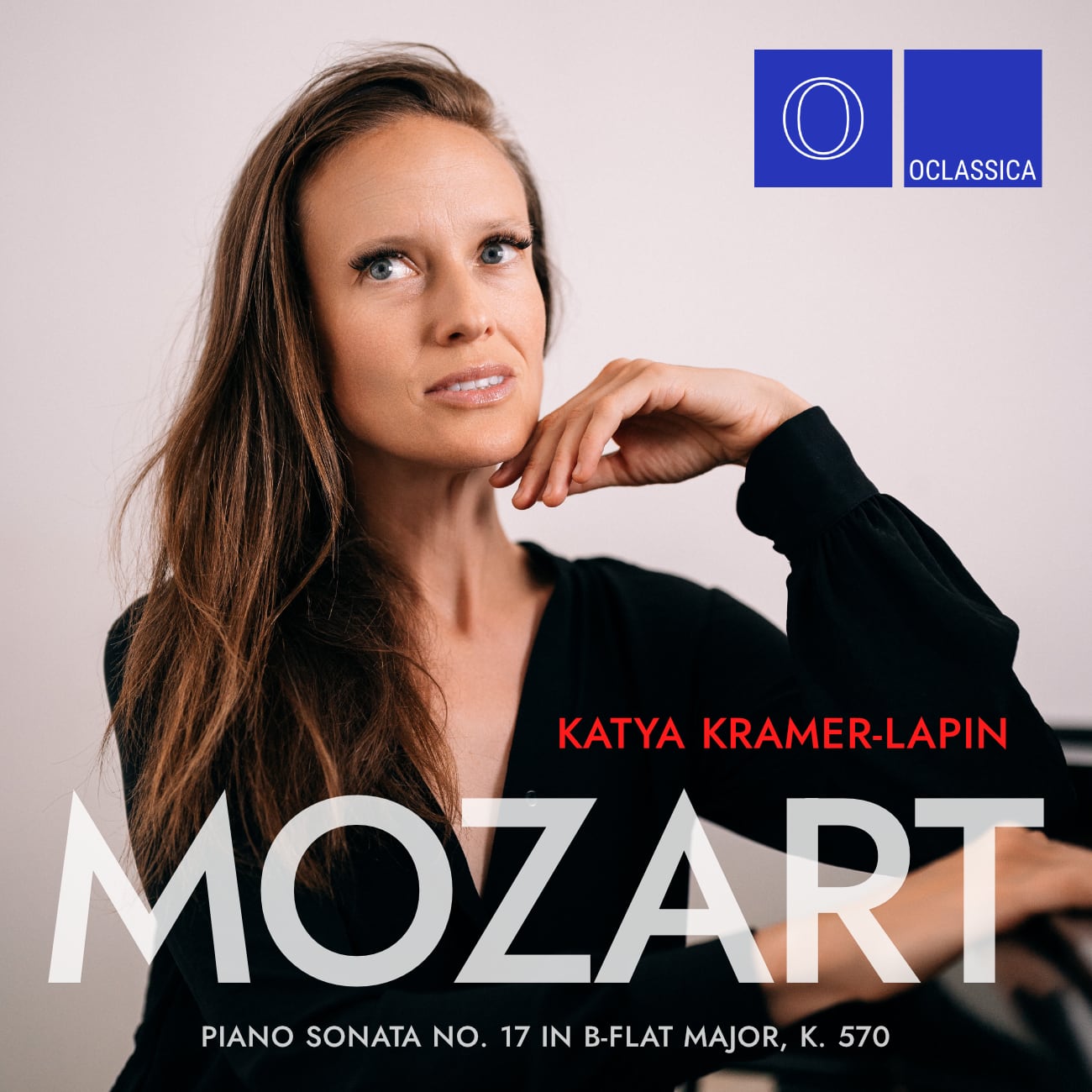Wolfgang Amadeus Mozart: Biography
When a son was born to the aristocratic family of Leopold Mozart and Anna Maria Walburga Mozart on January 27, 1756, no one suspected that this child would become the most famous composer of all time.
The boy was christened Joannes Chrysostomus Wolfgangus Theophilus Mozart. His father Leopold Mozart was a composer, skilled violinist, organist and theorist. He received the degree of bachelor of philosophy from the Benedictine University (now the University of Salzburg) in 1738. His main talent, however, was teaching. Maria Anna, called “Nannerl”, the older sister of Wolfgang Amadeus Mozart, was also a talented pianist. Leopold taught his children languages, academic subjects, and music from an early age. At the age of four, Wolfgang Amadeus was already sitting at the clavier and playing pieces and minuets, and a year later he began composing his first works.
For almost ten years, from 1762 to 1773, the family travelled on tour to all the imperial courts of Europe. Leopold Mozart tried to develop his son’s abilities as a musician and composer by introducing him to many famous composers. It is certain that he met Johann Christian Bach, the eleventh son of the great Johann Sebastian Bach, who taught Mozart in composition. The tour ended in Italy, where Mozart was accepted as a member of the famous Accademia Filarmonica di Bologna. By the age of 17, he had already composed several operas: Mitridate, re di Ponto (1770), Ascanio in Alba (1771) and Lucio Silla (1772), which were performed with success.
In 1773, Mozart returned to Salzburg with his father and was employed as court musician for the next four years by Salzburg’s sovereign, Prince-Archbishop Hieronymus Colloredo. It was a productive time, during which Mozart composed numerous symphonies, sonatas, string quartets, masses, serenades and several smaller operas. The famous Salzburg Symphonies No. 2 and No. 3 were written during this period. Nevertheless, Mozart was looking for opportunities to leave Salzburg, as he was dissatisfied with the low salary of 150 florins a year and the closure of the court theatre. In 1778-79 he retired and visited Augsburg, Mannheim, Paris, and Munich in an unsuccessful search for a new position. During this trip, Mozart continued to compose and wrote several significant works, including the Piano Sonata in A minor, K. 310/300d, the “Paris” Symphony (No. 31), and the Concerto for Flute and Harp in C major, K. 299/297c. Meanwhile, his father Leopold got him a job as a court organist and concertmaster in Salzburg with an annual salary of 450 florins. In early 1779, Mozart returned to Salzburg to take up a new position.
Mozart’s career developed and in 1781 he moved to Vienna. He performed frequently as a pianist and had success as a composer. In 1782 he married Maria Constanze Cäcilia Josepha Johanna Aloysia Mozart, née Weber, an Austrian singer. The couple had six children, of whom only two sons survived.
The success of the performer and composer brought financial prosperity to the family. They moved into an expensive flat and bought a fine fortepiano from Anton Walter. Mozart continued to work hard and created many beautiful works, including Piano Sonata No. 14 in C minor, K. 457, Piano Sonata No. 11 in A major, K. 331/300i, Piano Concerto No. 23 in A major, K. 448, and the most famous Serenade No. 13 in G major, K. 525, “Eine Kleine Nachtmusik”.
In 1784 Mozart met Joseph Haydn, and the two composers became friends. Mozart dedicated six string concertos to Haydn as a token of admiration for his so-called “Russian” quartets. Haydn, in turn, considered Mozart to be the greatest composer of his time, possessing the best taste and the greatest compositional art.
In December 1787, after the death of Christoph Willibald Gluck, Emperor Joseph II appointed Mozart as his “chamber composer”.
The Austro-Turkish war of 1788-1791 had a serious negative impact on Austria’s economy, and the nobility stopped supporting musicians. Mozart’s situation worsened, and he no longer performed in public concerts. The family moved to the suburbs of Vienna. To improve his financial situation, Mozart gave many concerts in Germany, visiting Leipzig, Dresden, Berlin, Frankfurt, Mannheim and other cities.
In the fall of 1791, Mozart travelled to Prague to conduct the premieres of the operas The Magic Flute and La Clemenza di Tito. His health deteriorated, swelling, pain, and fever set in, and he died at his home on December 5, 1791, at the age of 35. Mozart was buried on December 7 in the St. Marx Cemetery outside the city.
